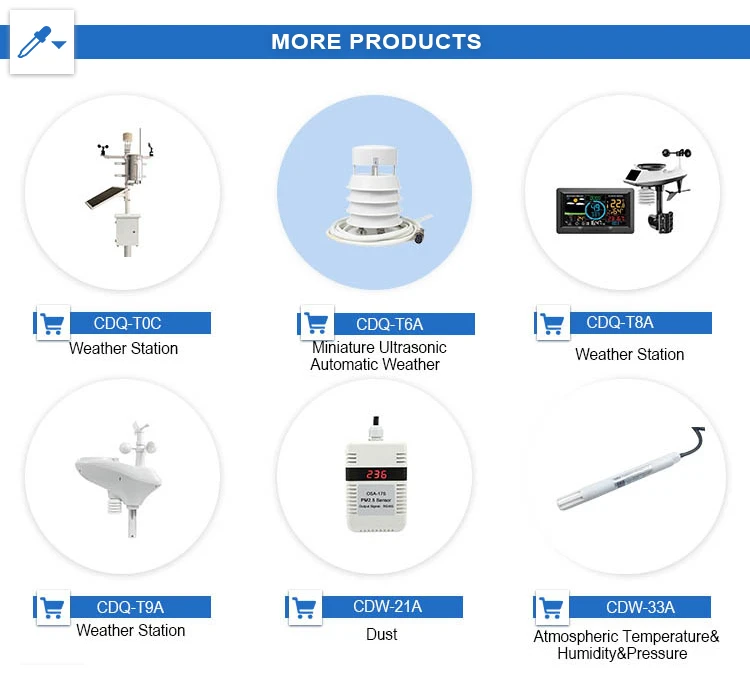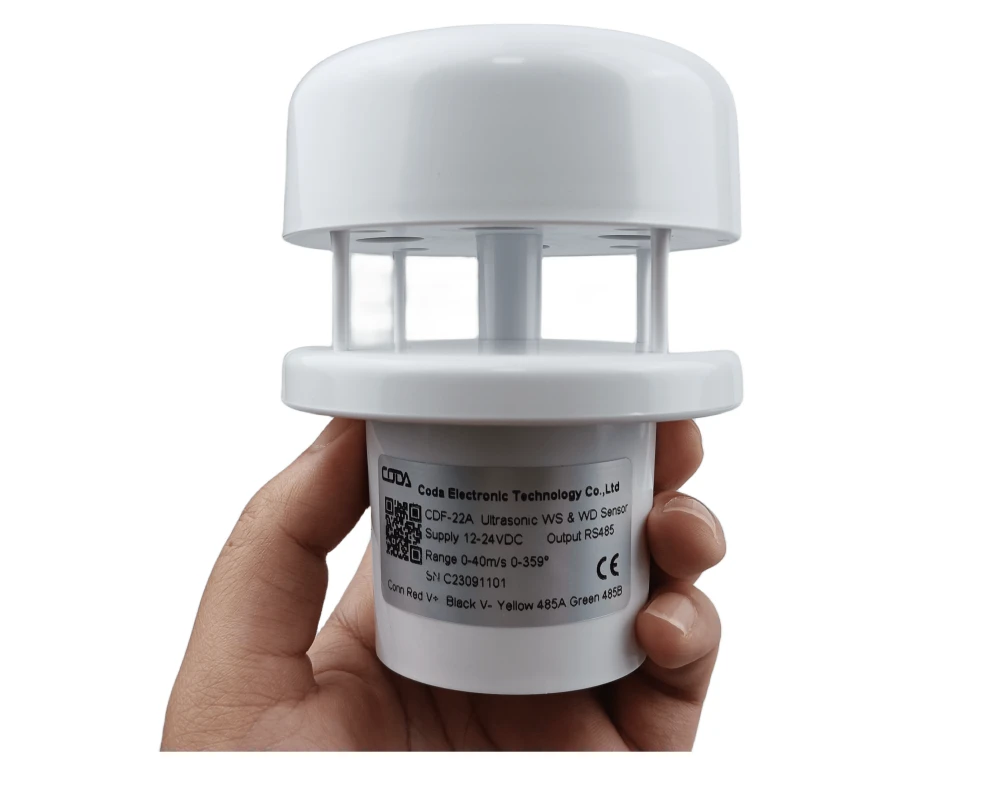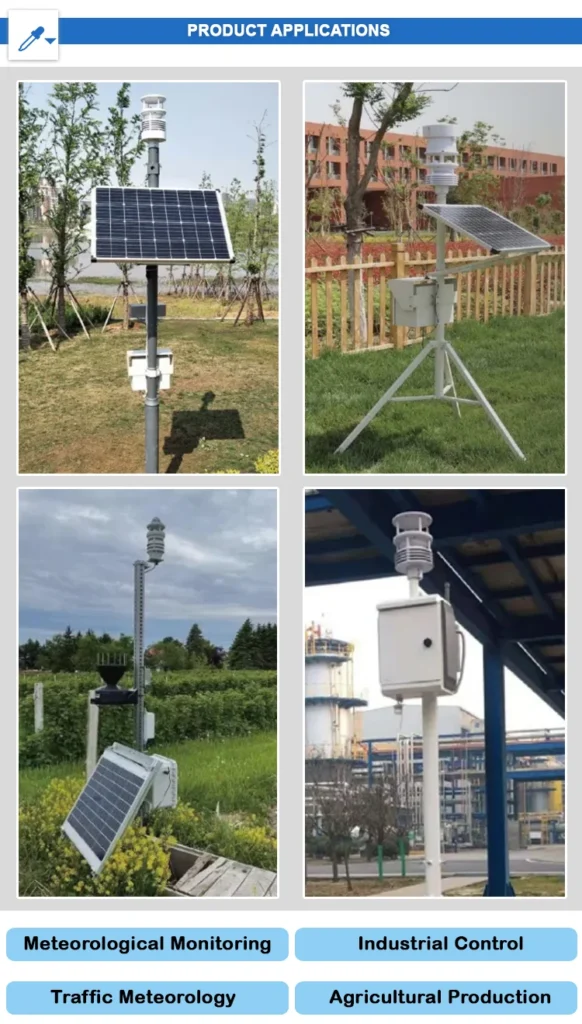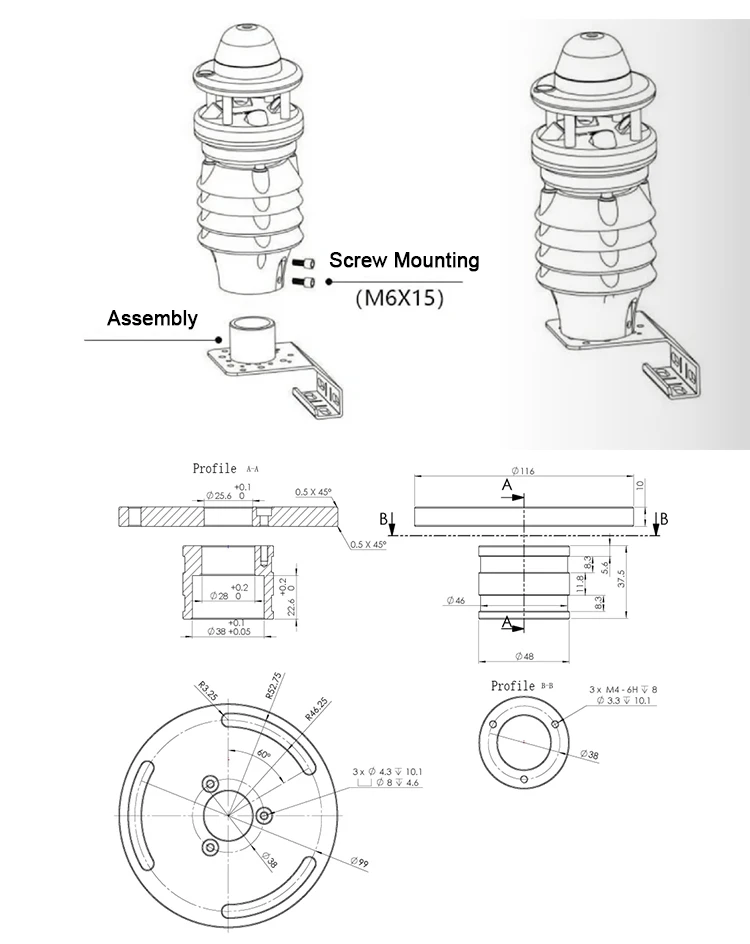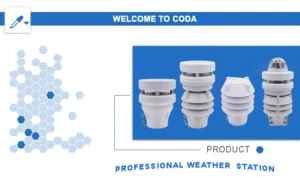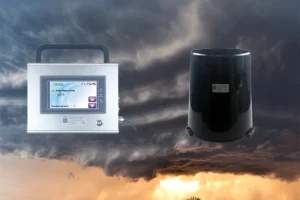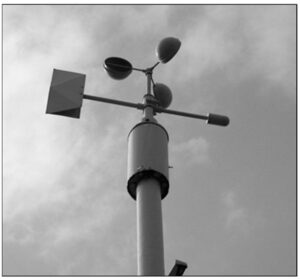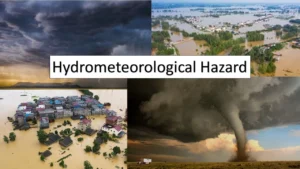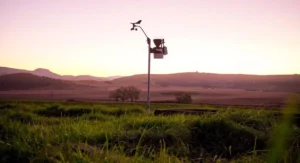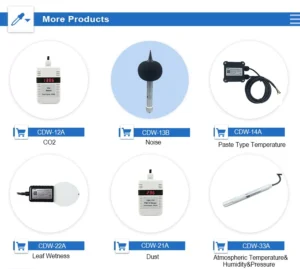Ultrasonic Weather Stations: Revolutionizing Meteorological Monitoring
Introduction
In the changing world of weather monitoring, ultrasonic weather stations are now important tools. These devices use ultrasonic technology to give accurate and reliable weather data. This new technology has improved how we collect data. It offers clear benefits over older weather sensors.
How Ultrasonic Technology Powers Weather Stations
Wind Measurement
**1. Wind Speed**
At the heart of measuring wind speed in ultrasonic weather stations is the ultrasonic anemometer. This device works on the time-of-flight principle. It usually has three or more transducers set up in a specific pattern.
When the wind blows between the transducers, ultrasonic waves move through the setup. The time it takes for these waves to travel from one transducer to another changes with the wind.
If the wind blows in the same direction as the wave, the travel time gets shorter. If the wind blows against the wave, the time gets longer. By looking at these changes, we can accurately measure wind speed.
**2. Wind Direction**
Wind direction comes from the time-of-flight differences between the transducers. The way these transducers are placed lets them pick up ultrasonic waves from different angles. This helps the anemometer find out where the wind is coming from.
In a triangular transducer setup, differences in wave travel times show the wind’s direction. This direction is measured based on the anemometer’s position.
**Rainfall Measurement**
**Ultrasonic Rain Gauges**
To measure rainfall, ultrasonic weather stations use special sensors. These sensors send ultrasonic pulses toward the rainwater in a gauge. The pulses move through the air, bounce off the water surface, and return to the sensor.
The system measures how long each pulse takes to travel. We can find the distance from the sensor to the water surface. To do this, we need to think about the speed of sound.
This speed changes based on temperature and humidity. As it rains more, the distance decreases. Ongoing monitoring helps measure the total rainfall accurately over time.
**Temperature and Humidity Measurements (Optional Features)**
**Ultrasonic-Based Humidity Sensing**
Some advanced ultrasonic stations can detect humidity using special materials. Ultrasonic waves travel through these materials, which change based on humidity levels. Changes in wave features, like frequency or signal strength, help accurately measure humidity.
**Temperature Compensation**
Temperature affects how fast sound moves through air. This is important for accurate measurements in ultrasonic systems. To fix this problem, many weather stations use temperature sensors.
These sensors change their readings to match temperature changes. This helps keep measurements of wind speed, rainfall, and other weather accurate.
Advantages of Ultrasonic Weather Stations
**High-Accuracy Measurements**
**Wind Speed and Direction**
Ultrasonic anemometers provide very accurate data on wind speed and direction. Unlike traditional cup anemometers and wind vanes, they have no moving parts.
This design cuts down errors from friction and inertia. As a result, it provides more accurate readings. Its ability to sense small changes in wind speed makes it vital for key uses. These uses include wind energy farms, aviation, and weather research.
**Rainfall**
Ultrasonic rain gauges are very accurate for measuring rainfall. Unlike traditional tipping-bucket gauges, they are not affected by splashing or evaporation.
Ultrasonic technology provides ongoing and non-intrusive measurements. This helps with monitoring during rain events. It is important for predicting floods, managing water, and planning for agriculture.
**Durability and Low Maintenance**
**No Moving Parts**
Ultrasonic sensors are very durable because they have no moving parts. They do not wear out easily. This helps them work well in tough conditions like strong winds, dust, and heavy rain with little maintenance.
They lower long-term costs. For example, in deserts with sandstorms, regular cup anemometers often break down fast. In contrast, ultrasonic anemometers keep working well.
**Robust Construction**
Ultrasonic weather stations are built with strong materials for outdoor use. The ultrasonic sensors are in cases that are waterproof, dustproof, and resistant to corrosion.
This design works well in various climates. It can handle freezing cold in polar areas. It also performs well in high humidity in tropical places.
**Fast Response Time**
**Real-Time Data**
Ultrasonic sensors give quick weather data updates because they respond fast. They can measure wind speed and direction. They also detect sudden changes. This ability is very important for real-time use.
For example, emergency response teams need quick updates on wind conditions to manage risks well. Pilots in aviation also depend on timely wind data to keep flights safe.
**Applications of Ultrasonic Weather Stations**
**Meteorological Research**
Ultrasonic weather stations are important for studying weather and climate. They give us accurate, long-term data on wind, rain, temperature, and humidity. This information helps us understand climate trends and changes better.
By studying large datasets, researchers can find changes in wind patterns and rainfall levels. They also look at how these changes interact with temperature. This information helps create better climate models. These models are important for predicting future scenarios and understanding how human activities affect the environment.
Atmospheric Boundary Layer Research
Ultrasonic weather stations are great tools for measuring wind profiles. They are very useful for studying the atmospheric boundary layer. This important part of the atmosphere is closest to the Earth’s surface. It helps control the exchange of heat, moisture, and pollutants between the ground and the air.
Ultrasonic anemometers are great at measuring wind speed and direction at different heights. They provide important information about how wind moves in this area. This data helps researchers study atmospheric processes, like turbulence. Turbulence plays a big role in how pollutants spread and how energy moves.
Renewable Energy
Wind Energy Farms
For wind energy farms, accurate data on wind speed and direction is key to improving turbine performance. Ultrasonic weather stations are often used to measure wind resources at potential turbine sites. This helps find the best locations for maximizing energy capture.
During operations, these sensors keep track of wind conditions. This lets us adjust the turbine blades in real time. These changes help boost energy production and protect the turbines from strong winds. This twofold benefit improves energy efficiency and helps the turbines last longer.
Solar Energy Systems
Solar energy systems mainly rely on sunlight. However, factors like wind and rain can affect how well they work. Ultrasonic weather stations give important wind speed data. This information helps us understand risks, like debris buildup that could harm solar panels.
Rainfall data helps plan maintenance schedules. It shows when cleaning is needed to remove dust and dirt. This dirt can reduce energy efficiency.
By using data from weather stations, solar energy managers can keep systems running well. They can take steps to ensure solar installations perform at their best.
Aviation and Maritime Industries
Aviation
In aviation, reliable weather data is crucial for flight safety. Airports often use ultrasonic weather stations. These stations provide real-time information on wind speed, direction, and turbulence. Pilots rely on this data for takeoff, landing, and in-flight maneuvers.
Accurate crosswind measurements are important for safe landings. Crosswinds are winds that move across runways. Ultrasonic anemometers can detect these crosswinds very accurately. This helps lower the risks of wind-related incidents.
Data Processing and Transmission Costs
Ultrasonic weather stations have costs beyond just the hardware. They also need money for processing and sending data. The high-frequency data from ultrasonic sensors must be processed quickly. This needs advanced microcontrollers and data storage systems.
Also, sending this data over long distances, especially in remote areas, can increase costs. This includes wireless communication modules and data plans.
In summary, ultrasonic weather stations are a big step forward in weather monitoring. They offer accurate measurements, great durability, and quick response times. This makes them useful in many fields, such as meteorology, renewable energy, and aviation.
Even with challenges like environmental issues and higher costs, research and development continue to improve ultrasonic weather stations. These efforts aim to make them more functional and easier to access.
